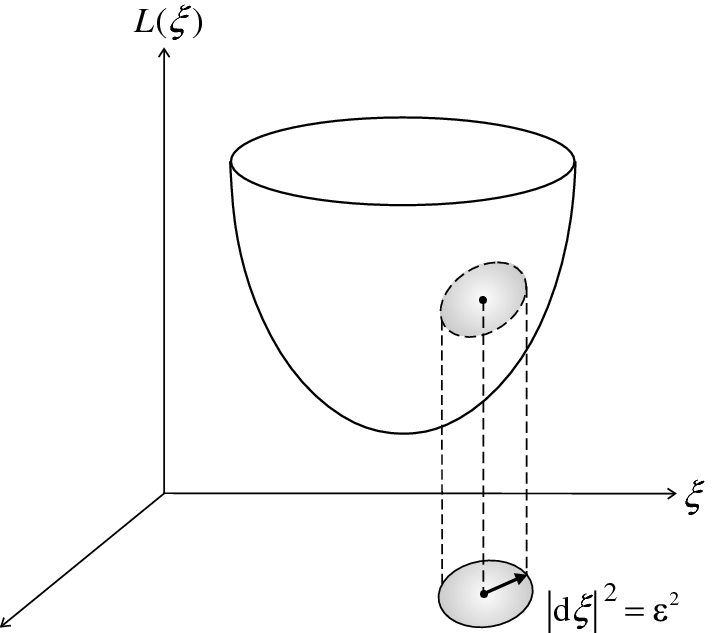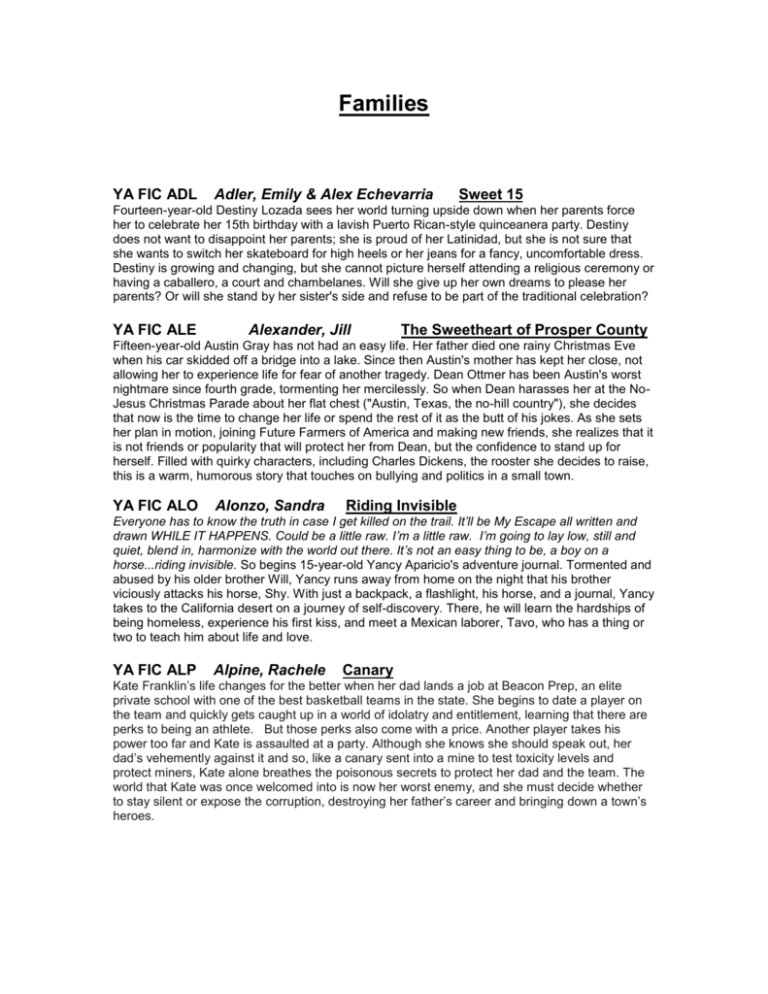
- #UPSIDE DOWN E WITH TILDE MANUAL#
- #UPSIDE DOWN E WITH TILDE SOFTWARE#
- #UPSIDE DOWN E WITH TILDE CODE#
- #UPSIDE DOWN E WITH TILDE PC#
- #UPSIDE DOWN E WITH TILDE PLUS#
#UPSIDE DOWN E WITH TILDE SOFTWARE#
Consequently, many of these diacritics (and the underscore) were quickly reused by software as additional syntax, basically becoming new types of syntactic symbols that a programming language could use. However even at that time, mechanisms that could do this or any other overprinting were not widely available, did not work for capital letters, and were impossible on video displays, with the result that this concept failed to gain significant acceptance.

#UPSIDE DOWN E WITH TILDE CODE#
Overprinting was intended to work by putting a backspace code between the codes for letter and diacritic. Instead a single key was changed to a tilde dead key and ⟨~⟩ was born as a distinct grapheme.ĪSCII incorporated many of the overprinting lower-case diacritics from typewriters, including tilde. Whereas it was just about possible to find one low-use key to sacrifice for Spanish, to find two sacrificial keys for Portuguese was impractical. Portuguese, however, has two: ã Ã and õ Õ. Both were precomposed as distinct graphemes and assigned to a single typebar, which sacrificed a key that was felt to be less important, usually the 1⁄ 4 1⁄ 2 key. In modern Spanish, the tilde accent is needed only for the characters ñ and Ñ. Spanish and Portuguese uniquely use the tilde diacritic.
#UPSIDE DOWN E WITH TILDE MANUAL#
On others, however, the typebar had two different diacritics so that users could only add accents to lower-case letters without manual intervention or other adjustment.įor most Western European languages, the only diacritics used are acute ( ´), grave ( `, circumflex ( ˆ) and diaeresis (or umlaut, ¨): early typewriters for the European market included these as dead keys.
#UPSIDE DOWN E WITH TILDE PLUS#
To add a diacritic to a capital letter on some typewriters, the upper-case version of the accent could be produced using ⇧ Shift plus the diacritic key. Since the diacritic key – a 'dead key' – had not moved the paper on, the letter was printed under the previously-printed accent. To achieve an accented letter, the typist first typed the desired diacritic, then typed the letter to be accented. On typewriters designed for languages that routinely use diacritics (accent marks), a dead key mechanism was provided: a mark is made when a dead key is typed but, unlike normal keys, the paper carriage does not move on. This symbol did not exist independently as a type or hot-lead printing character. The incorporation of the tilde into ASCII is a direct result of its appearance as a distinct character on Portuguese mechanical typewriters in the late nineteenth century. The text of the Domesday Book of 1086, relating for example, to the manor of Molland in Devon (see adjacent picture), is highly abbreviated as indicated by numerous tildes. Medieval European charters written in Latin are largely made up of such abbreviated words with suspension marks and other abbreviations only uncommon words were given in full. This saved on the expense of the scribe's labour and the cost of vellum and ink. Such a mark could denote the omission of one letter or several letters. Thus, the commonly used words Anno Domini were frequently abbreviated to A o Dñi, with an elevated terminal with a suspension mark placed over the "n". The tilde was originally written over an omitted letter or several letters as a scribal abbreviation, or "mark of suspension" and "mark of contraction", shown as a straight line when used with capitals.


3.3.3.1 Unicode and Shift JIS encoding of wave dash.

And I also have 2 other mice I regularly use at my computer desk as well A Logitech G502 for gaming + daily use, and a Razer Naga specifically for playing MMOs/RTSs.
#UPSIDE DOWN E WITH TILDE PC#
I also have another standard MS wireless keyboard + mouse combo on my coffee table for when I am sitting at my couch, since my 47" TV is hooked up as my 6th PC monitor. For rapidly creating invites and sending them out to users that request them on the /r/tildes official invite threads, complete with an included boilerplate message. The left side bottom keyboard is my Cherry MX Blue mechanical keyboard that I use for typing, which I am using right now to write this.Īnd the left side top keyboard is my Koolertron hardware programmable macro half-keyboard which I use for task automation.


 0 kommentar(er)
0 kommentar(er)
